Write On! speaks with Elayne Savage, PhD, author of Don’t Take It Personally!: The Art of Dealing with Rejection and Breathing Room: Creating Space to Be a Couple
(New Harbinger), as well as a monthly e-letter/blog: “Tips from the Queen of Rejection.” A relationship and communication coach, speaker, and psychotherapist, Elayne shares her writing experience, plus tips for dealing with life’s disappointments and empowering yourself as a writer.
What prompted you to write Don’t Take It Personally! The Art of Dealing with Rejection?
Ever since I was a young pup, whenever someone looked at my funny or got a tone to their voice, I’d burst into tears. For many years I believed I was the only one whose feelings get hurt so easily.
Then, through my work as a Child Protective Services worker, psychotherapist, communication coach, and professional speaker, I discovered that lots of folks are struggling with these facets of rejection … just like me.
I wrote Don’t Take It Personally! The Art of Dealing with Rejection and Breathing Room—Creating Space to Be a Couple as guides for dealing with these hurt feelings, misunderstandings, and resentment. I hope these ideas and tips can pave the way for productive personal and professional relationships.
What was your writing process?
Both of my books originated in my doctoral research on “How Perception of Childhood Rejection Affects Adult Intimacy.” I had to do a whole lot of repurposing from the academic to an easy-to-digest format. Through two graduate programs spanning 11 years, I’ve learned to respect and trust my creative process.
Once I realized I write in my head first, I trusted there was enough information to begin Don’t Take It Personally! … When I was ready, I sat down at the computer and started writing. I wrote about all the reasons I wanted to see this book “out there.” Some of these original pages actually ended up in my proposal. Some became the Introduction to my published book. I’m so thankful I trusted my process enough to sit down and write from my heart. Then, I worked with an editor on the proposal, sharpening both my writing and my focus.
I’m aware I don’t do rejection well. I knew having a literary agent would be the buffer I needed. We submitted to 14 publishers before I signed with New Harbinger. That translates to 14 rejections. Interestingly, only one of those rejection letters was a “form letter.” In fact, one from a New York publisher was 2 1/2 pages! I did not ask to see any of these letters until after I signed the publishing contract. Although in retrospect, I learned from suggestions made by a few of the acquisition editors that I could have incorporated into my submission.
Then, too, there is the process of the physical writing. I learned to respect my slow starts and circuitous routes. I made it OK to take side trips to Google News. I stopped thinking of my self as a “procrastinator.” I came to recognize and respect these digressions as part of my creative process. I could see that they were actually energizing. I learned to trust if I have a deadline (outer-created or self-created) it always gets met.
What was your favorite part?
I love the vignettes. I worked hard on them, collaging several “real people” stories for each vignette to protect confidentiality.
The greatest challenge?
Facing my own saboteurs. Mostly those early negative rejection messages: “Not good enough” or “What makes you think you can do that?” or “You’ll mess up.”
What are the most important things a writer should know about dealing with rejection?
-Try to not to take rejection so personally. To be sure, rejection of your book or article hurts. But it gets worse if the rejection catapults you into self-rejection messages. One way you can stop that process is by asking yourself “Am I taking this personally? Is this related to old rejection messages? If so, what might they be?”
– Separate the “then” from “now” by reminding yourself that certain beliefs/patterns that may have seemed true in childhood but are not true now.
– Try not to confuse the product with the person. No easy task when it’s YOUR creative project, your ideas, your hard work. An actor I know keeps a framed sign about her desk, “It’s selection, not rejection.”
How can a writer move forward after receiving a harsh critique?
– Practice self-acceptance. Believe in what you do and in your expertise. Stay focused on what you do well. Be true to yourself. Respect your own process of writing.
– Take a good look at how much energy you are putting into negative messages. Make a choice to convert it to something more positive.
– OK, maybe this sounds Pollyanna-ish but why not ask yourself: “What can I learn from this rejection?”
Will you share some empowerment exercises?
-Walk alongside yourself. Notice and observe: that gives you some objectivity, gets the energy flow going, and opens up space for choices. When you observe yourself moving down the path of those old intrusive self-rejection messages, remind yourself you can CHOOSE to go back to the fork in the road. You can move down the other path: the one of self-acceptance.
– I visited several bookstores and went to the “S” section of the self-help/relationship books. I stood there and visualized my book with my name on the shelf.
– Here is a visual imagery passage from Don’t Take It Personally!:
One woman, trained in massage, knows about unblocking energy and moving it around. Whenever she wants to move from a negative place into a positive place, she visualizes a honeycomb. The energy takes the form of warm, thick, sweet, amber-colored liquid, constantly moving through the interconnected tunnels. As the energy flows, a wondrous transformation takes place. She notices how the negative messages of childhood take on new qualities as they flow from space to space. As the energy changes from life-depleting to life-sustaining, it provides sustenance, allowing room for her needs and wants, and encouraging clear boundaries. Then the energy develops new vitality, permitting choices and enhancing good communication. And it keeps on moving, flowing.
Moving and flowing. That’s the answer, isn’t it? Whenever you feel helpless, afraid, immobilized, dazed, numbed, or stunned, when it becomes hard to think or act, try to move. Move your fingers or your toes. Try to get some energy flowing. Once you do even a small amount of movement you are no longer stuck.
Suppose you find yourself feeling like a scared little child again, sitting paralyzed on the sofa. Maybe it seems like you’ve been living in a cartoon, things don’t seem real to you, you’re not a part of time. If you can remember to move your finger back and forth, then your arm, you have just made a choice to reconnect with your body. Another way to reconnect is to self-soothe. By gently touching yourself, stroking your hand or your arm or your shoulder, you activate energy. You have just brought time back into the picture.
Once you create an option you won’t feel so stuck. Once you open up just a little, and let the energy flow, you are empowering yourself. As you develop a stronger sense of who you are, you’ll find you won’t tend to personalize messages as much. With a more defined sense of yourself and adequate self-determination, you can embrace an environment that begins to feel welcoming and accepting. And this energy will spread, growing into self-acceptance and creativity, filling you with a new experience of yourself in relationship to others.
Any advice for writers?
I learned some valuable life lessons during the process of writing and publishing my books. As painful it sometimes was, I learned to embrace the ups and downs of the process. Somewhere in the middle of all the angst, I recognized how I was learning about myself: my fears, my attitudes and my relationships to others.
Perhaps the most important lesson I learned is about respecting and enhancing my perseverance. Because I believed in my message, I managed to navigate through the roadblocks. I did this by gathering and weaving together all the bits of encouragement around me. But first I had to recognize those positive comments and gestures. This is not easy.
Try to be open to recognizing those glimmers of support for your project. You may find it in unlikely places. Then gather it all up and keep it close to your heart.
Sometimes the folks we most expect support from end up disappointing us. It’s not forthcoming or not what we’re needing or not enough. Then we get disappointed and disappointment can feel like rejection.
What do you know now that you wish you knew when you first started writing?
I used to spend way too much time second-guessing myself when I first started writing. I have learned to trust myself. I have learned to honor my instincts and my intuition. And it keeps my creative energy moving and flowing.


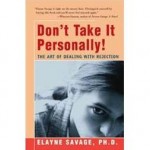

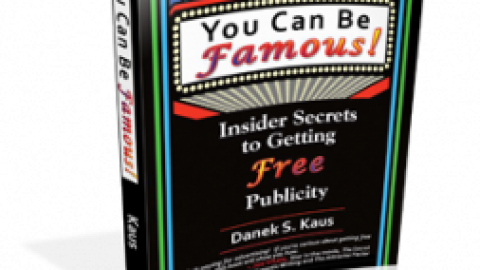
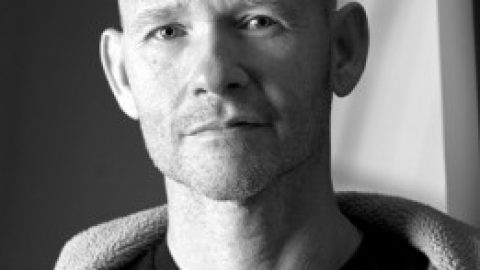
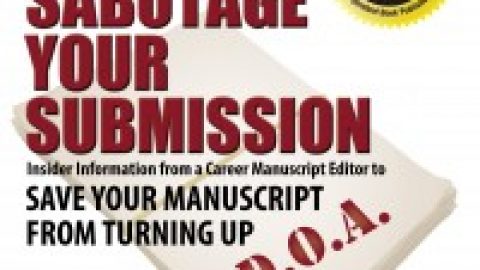
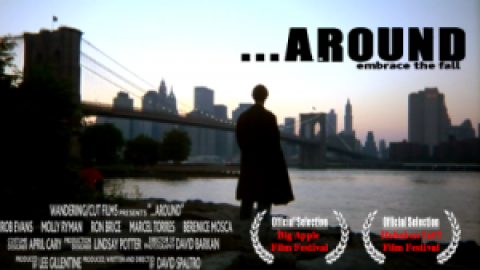




Comments are closed.
[…] Elayne Savage, Don’t Take it Personally! […]